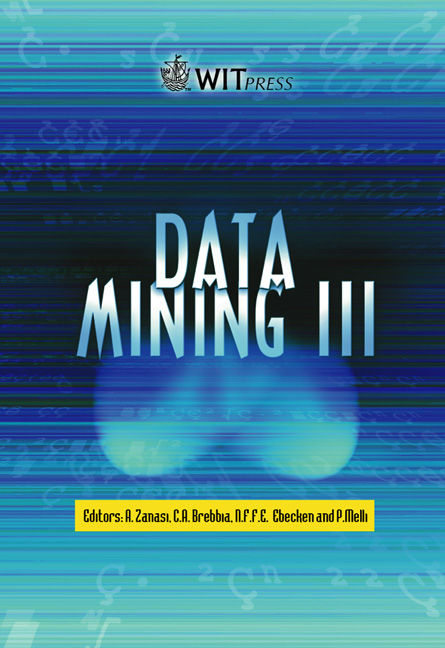Prediction Of Rock Strength Properties By Data Mining Approach
Price
Free (open access)
Volume
28
Pages
Published
2002
Size
433 kb
Paper DOI
10.2495/DATA020471
Copyright
WIT Press
Author(s)
G S Terra, M C A Costa & N F F Ebecken
Abstract
Oil reservoir rocks can be characterized by both dynamic and static parameters. Dynamic parameters are derived from in situ tests, whilst static parameters are derived from laboratorials tests (generally destructive), which are carried on samples from the wells. Despite the fact that dynamic and static tests generate distinct parameters, it is possible to establish relationships between these different parameters, so that one can obtain the static parameters without carrying static tests and therefore derive elastic properties of the material, such as elastic and shear moduli, etc. In the last years the development of computational intelligence techniques has been growing very fast. They have been used successfully to evidence the relations of attributes of different sources. Some of these relations could not be easily obtained by mathematical formulation. The use of some techniques leads to new concepts and insights about data relationship. Neural networks (NN) is one of the most powerful techniques for describing relationship among data. Neural networks can predict values in a very precise way, even in the presence of few or missing attributes. It also has the ability of perceiving the influence the variation of one attribute has on another. In the present work, data minig techniques are used to extract these relationships and predict elastic properties from dynamic parameters. 1 Introduction Static tests are performed on samples extracted during the dynamics tests and determine rupture stress, shear modulus, Poisson and Young modulus. To extract
Keywords





